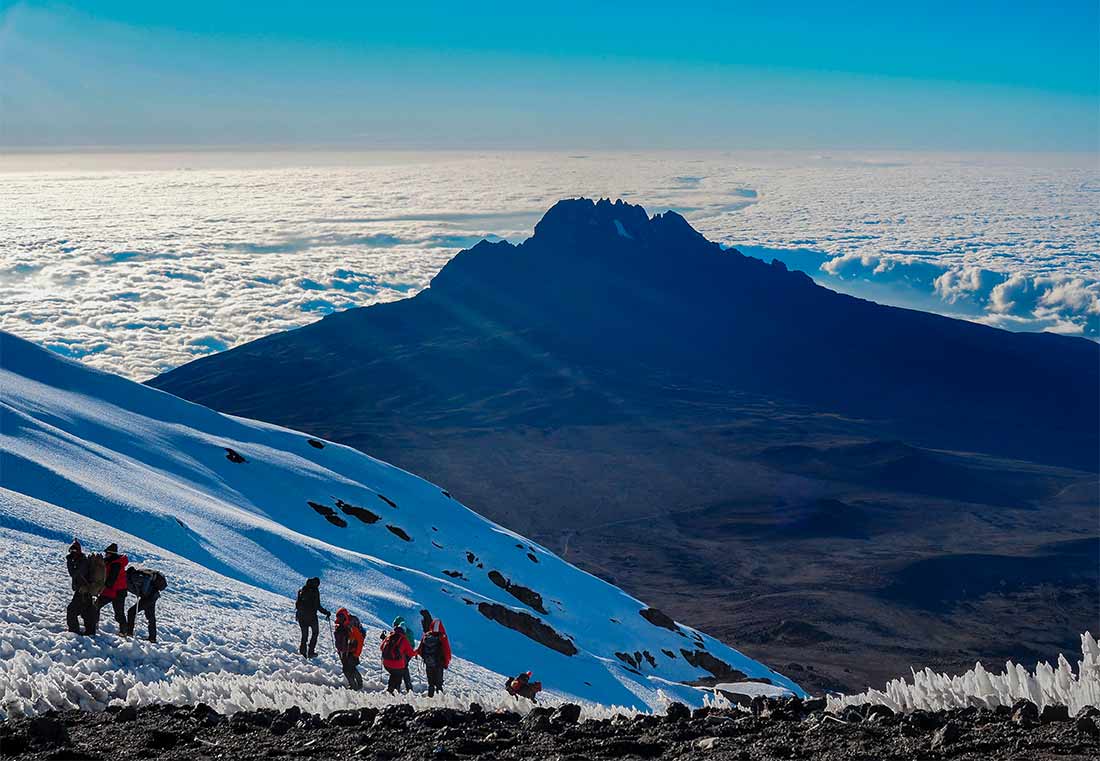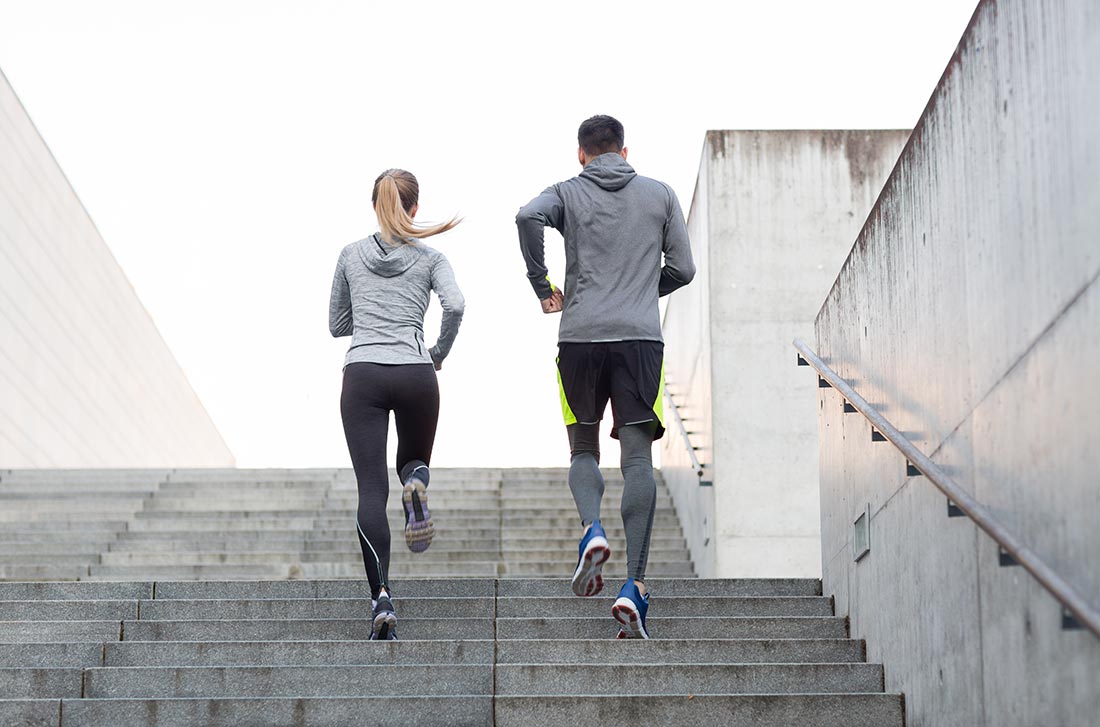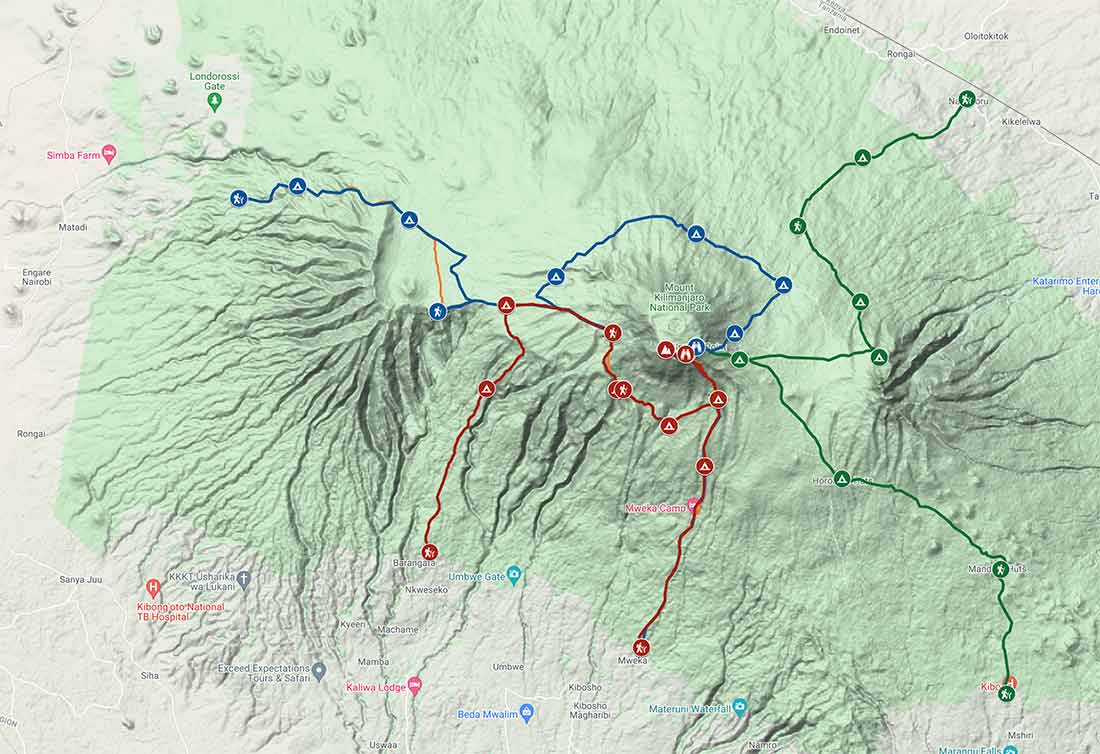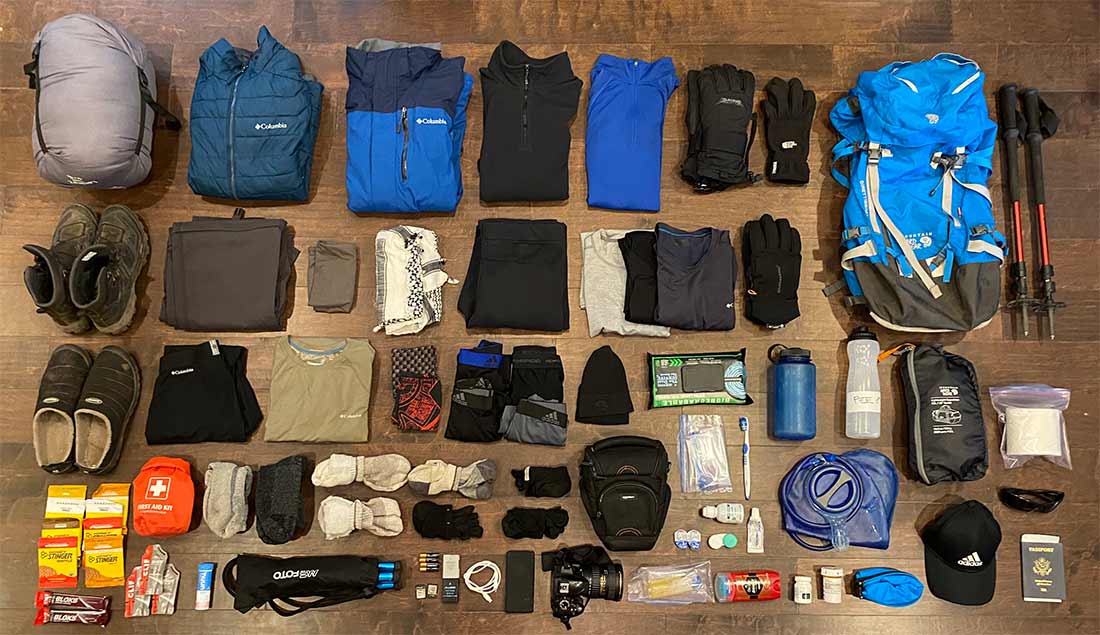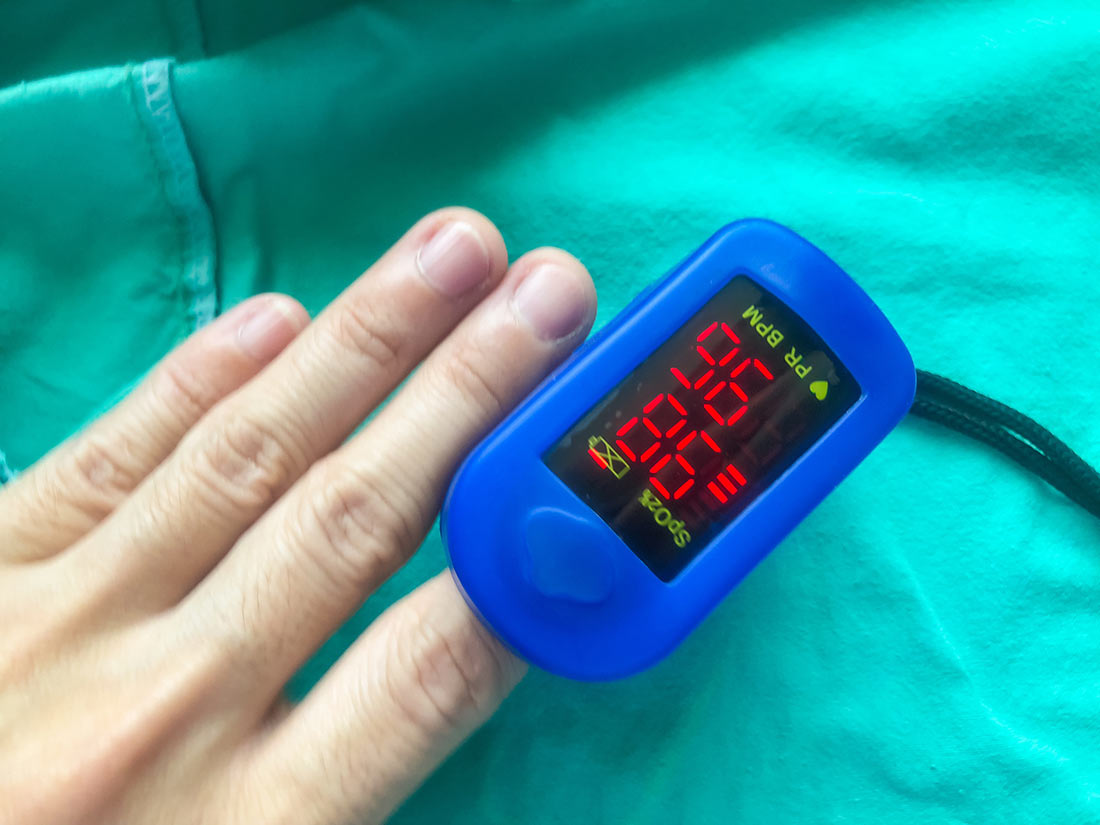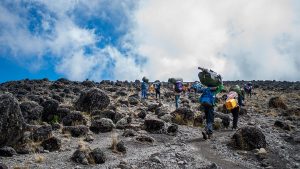Climbing Mount Kilimanjaro is an exhilarating adventure, but it requires thorough preparation and knowledge to ensure a safe and enjoyable experience. Here’s what you need to know to climb Kilimanjaro:
Physical Fitness
Kilimanjaro is Africa’s tallest peak, standing at approximately 19,341 feet above sea level. While technical climbing skills are not required, a good level of physical fitness is essential. Regular cardiovascular and endurance training, such as hiking, running, and stair climbing, can help prepare you for the demands of the climb.
Acclimatization
Altitude sickness is a real concern when ascending Kilimanjaro. Proper acclimatization is crucial to minimize the risk of altitude-related illnesses such as altitude sickness, HAPE (High Altitude Pulmonary Edema), and HACE (High Altitude Cerebral Edema). Choose a climbing route with a gradual ascent profile and plan for sufficient rest days during the climb to allow your body to adjust to the altitude.
Choosing a Route
Kilimanjaro offers several climbing routes, each with its characteristics in terms of scenery, difficulty, and acclimatization profile. The Marangu and Rongai routes are popular options. However, the Machame and Lemosho routes are known for their scenic beauty and higher success rates. Research each route carefully to determine which one best suits your preferences and abilities.
Guided vs. Independent
While it’s possible to climb Kilimanjaro independently, it’s also illegal. Climbers need to join guided expeditions led by experienced guides. A reputable guide service will provide knowledgeable guides, support staff, and equipment. Furthermore, they will logistically support your trek, know safety protocols, and make sure you successfully summit Kilimanjaro. Make sure to choose a licensed and certified guide service with a good track record.
Packing and Gear
Packing the right gear is essential for a successful climb. This includes appropriate clothing for varying weather conditions (from hot and humid at the base to cold and snowy at the summit), sturdy hiking boots, a warm sleeping bag, a good quality backpack, sunscreen, sunglasses, and a refillable water bottle or hydration system. Check with your guide service for a detailed packing list tailored to your chosen route and the time of year.
Permits and Regulations
Climbing Kilimanjaro requires a permit, which can be obtained through your chosen guide service. Be sure to secure all necessary permits and adhere to park regulations and guidelines to minimize your impact on the environment and ensure a safe and enjoyable experience.
Safety Precautions
Kilimanjaro is a challenging climb, and safety should always be a top priority. Listen to your guides, stay hydrated, and pace yourself. The guide may have you turn back if you experience symptoms of altitude sickness or other health concerns. Proper training, acclimatization, and preparation can help mitigate risks and increase your chances of reaching the summit safely.
Final Thoughts
By thoroughly researching and preparing you should have everything you need to know to climb Kilimanjaro. By listening to the guides and reading the supplied materials you can increase your chances of success. Make your dream a reality. Stand atop Kilimanjaro and enjoy the breathtaking beauty of Africa’s highest peak while staying safe and healthy.

